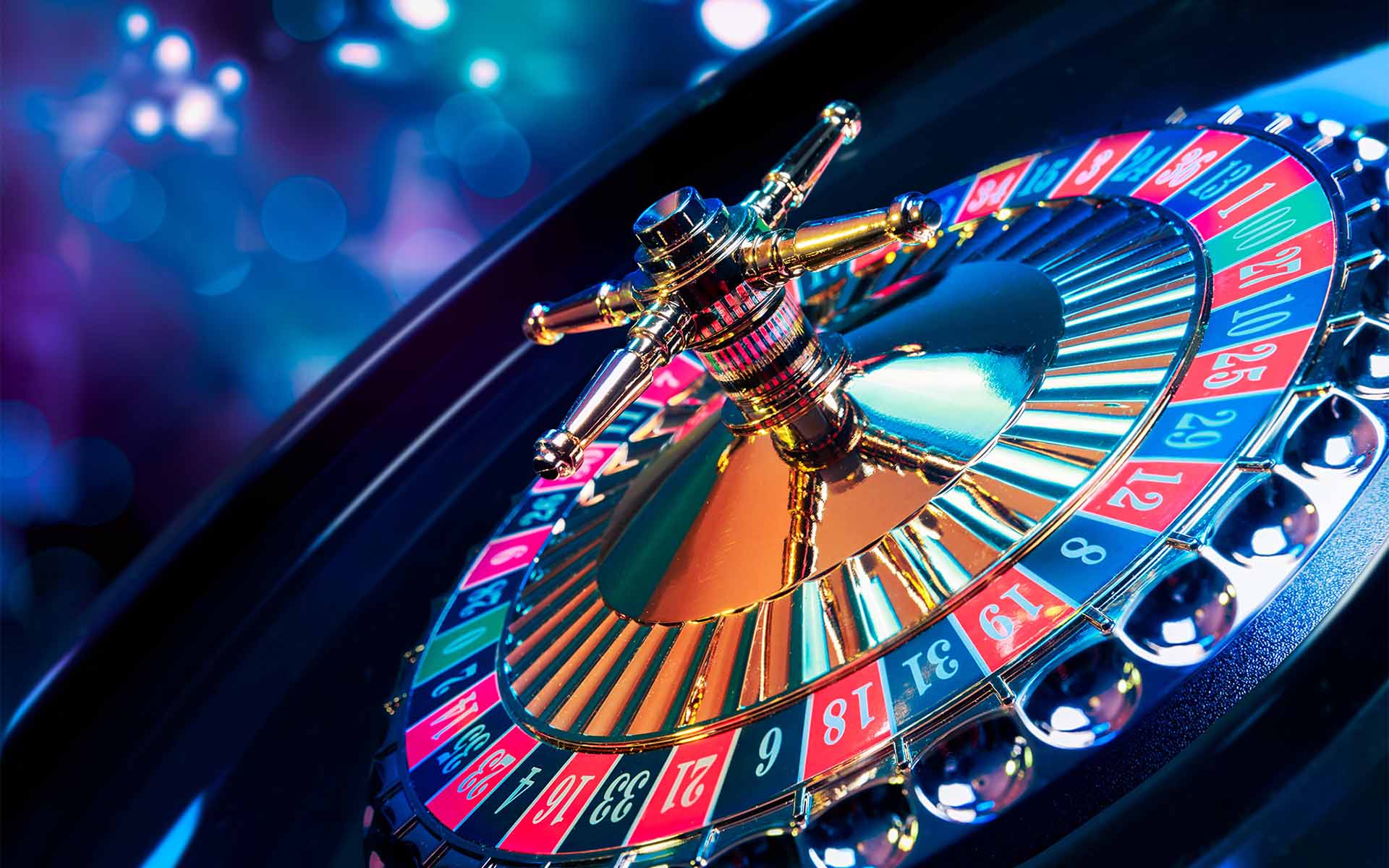
Casino offerings have been a well of entertainment and excitement for numerous players around the globe. https://789p.so/ One of the key components that renders these games engaging is the diversity of playing cards used in different types of games. Understanding the different types of cards can enhance your gaming experience and improve your gameplay strategies. Whether you are attracted to classic card games like Texas Hold’em and 21 or modern casino games, each game relies on a unique set of cards that affects the regulations and the rhythm of play.
In casino settings, cards come in several styles, each tailored to meet the needs of particular games. From standard decks to specialized card types, the diversity plays a key role in shaping the dynamics of each game. By familiarizing yourself with these cards and their applications, you can gain deeper insights into the games and make more informed decisions at the table. This knowledge not only enriches your gaming experience but also adds to a more sophisticated approach to your chances of success.
Types of Playing Cards
When discussing casino games, the type of playing cards used can greatly impact the flow of the game and tactics. The most common deck is the traditional 52-card deck, which consists of 4 suits: diamonds, clubs. Each suit contains 13 ranks, from Ace to king. This standard deck is essential in numerous games, such as poker, where players aim to form the best hand possible or approach 21 as they can.
Some casino games utilize unique decks specifically designed for the game itself. For example, the well-known game of baccarat often uses multiple decks shuffled together, typically six or eight. This not only increases the complexity of the game but also affects wagering strategies, as players must consider the increased number of cards in play. Additionally, certain games may introduce joker cards or wild cards, providing further diversity and excitement to the gaming experience.
In niche games, custom decks may come into play. For instance, in games like Bridge or pinochle, participants might use specific rules with different card values or roles. These variations keep the gameplay new and allow for varied strategies to emerge. Understanding the various types of playing cards and their specific uses in various casino games is key to improving one’s gambling experience and boosting overall performance at the tables.
Card Modifications in Casino Activities
In gambling activities, the type of set of cards used can significantly affect both the gameplay and the tactics used by players. Most classic card games, such as blackjack and five-card draw, typically utilize a standard 52-card deck. However, variations do exist where extra wild cards or even multiple packs are utilized. For example, in blackjack, some casinos may use one to eight decks, which can change the probabilities and the basic strategy needed to compete effectively. Players must be cognizant of the deck composition, as it affects the casino advantage.
Another frequent variation in casino card activities is the use of themed or specialized decks. For instance, some poker activities might use a set of cards that features unique images or patterns, which can enhance the atmosphere at the gaming table. These specialized packs often function to distinguish between different play formats or loyalty programs within the gaming establishment. While the standard guidelines of the game remain the same, the aesthetics can affect player involvement and enjoyment.
Finally, the shuffling methods used with various kinds of decks can also impact play. Casinos often make use of automatic mixing machines that can randomly reorder several decks effectively, making card counting more challenging. The rate and method of shuffling can vary widely based on the game and the casino’s rules. Understanding these card modifications is important for any player seeking to enhance their game strategy and overall enjoyment in casino activities.
Value of Playing Card Values
In gaming games, the worth of individual card plays a critical role in determining the consequences of multiple activities. Different activities assign unique values to playing cards, affecting tactics and player decisions. For instance, in 21, playing cards ranging 2 through ten are valued at their nominal value, while court cards hold a worth of 10, and the ace can be worth alternatively 1 or 11. Grasping these values allows gamers to make informed choices during gameplay, enhancing their odds of winning.
Likewise, in poker, the significance of card values extends to hands and combination rankings. High worth playing cards can form more powerful combinations, such as pairs, straights, or flush hands, which are important for success in the activity. Players must evaluate not only their personal cards but also possible hands their opponents might hold. This strategic complexity adds thrill and complexity, making card worths a central element in poker’s appeal.
Moreover, the psychological aspect of playing card values cannot be overlooked. Gamers may use the knowledge of playing card worths to deceive or confuse their rivals. By understanding how a card’s worth can change the game’s mechanics, gamers can better handle risks and rewards, creating a exciting environment in casino games. Whether competing for entertainment or for real money, awareness of card values significantly affects the overall playing encounter.
